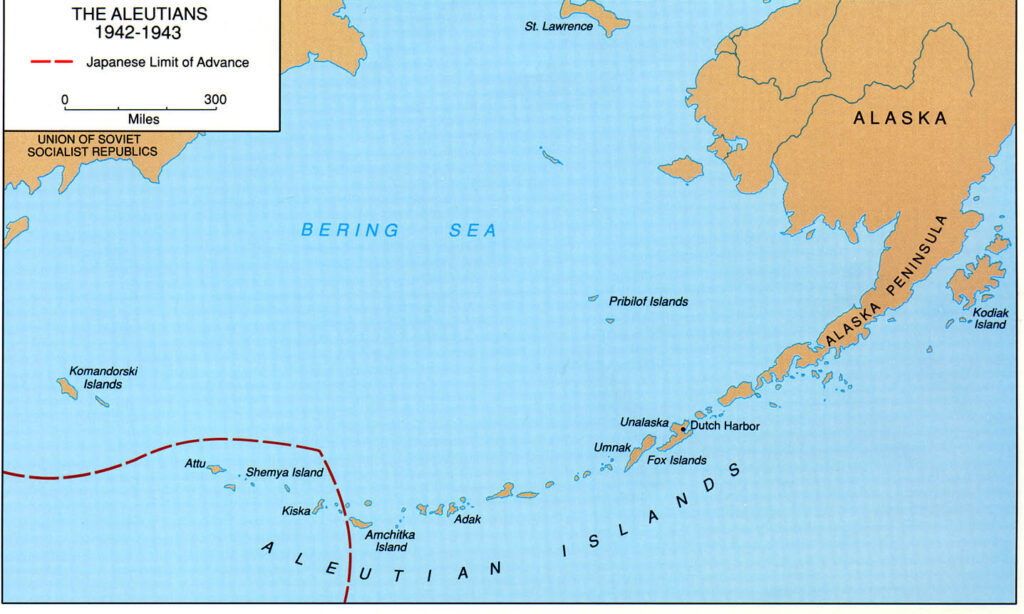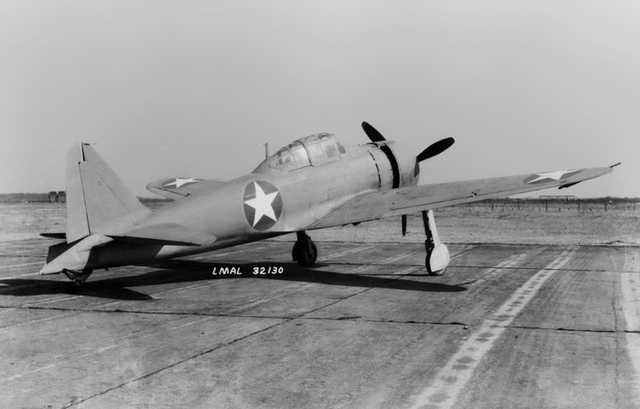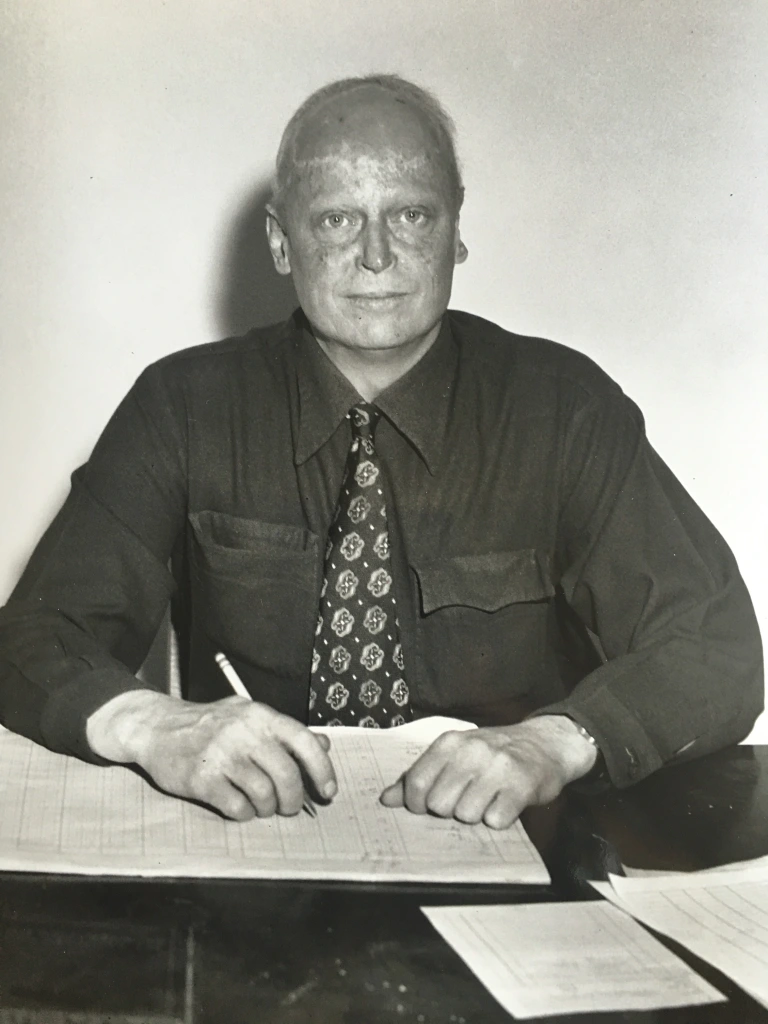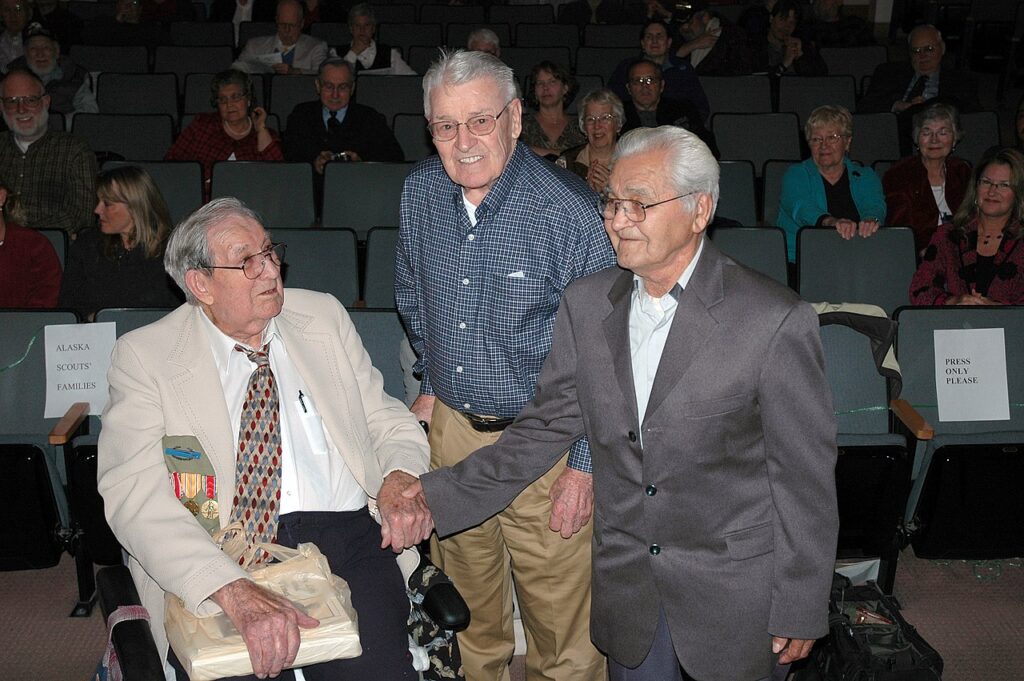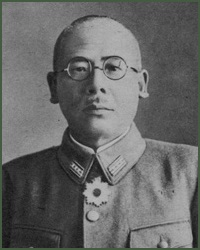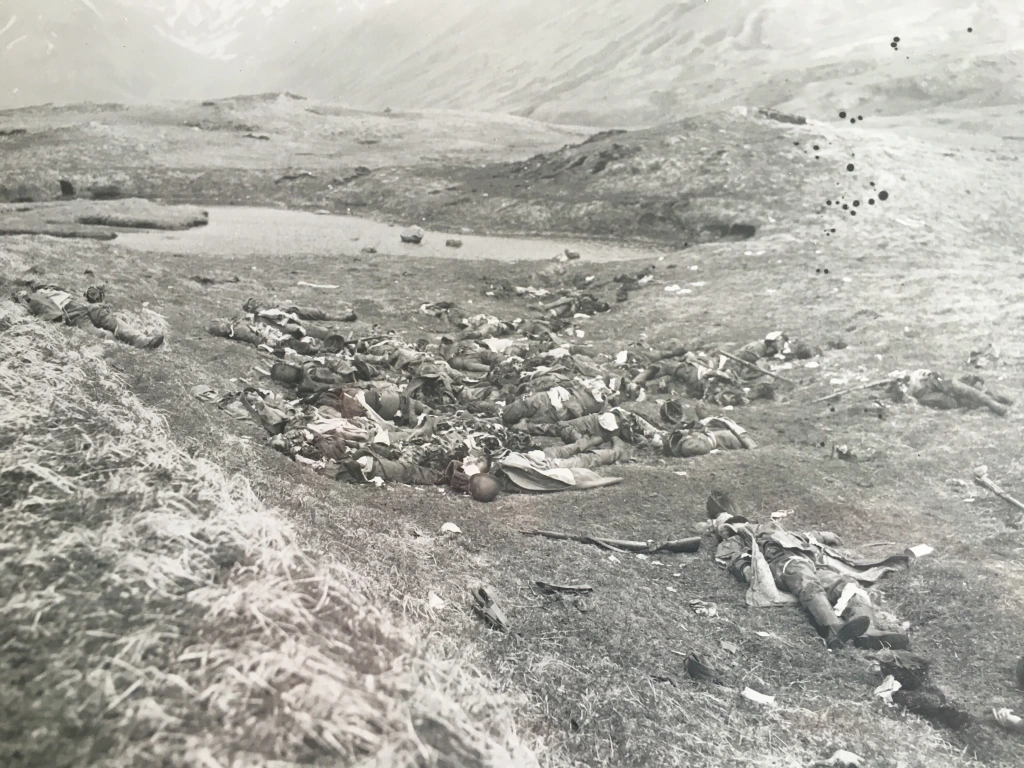By Kevin Brown
The Aleutian Islands, halfway between Asia and North America, are strategically vital for the United States. The Alaskan Island chain is a critical checkpoint for transpacific communications. The Aleutians were no less essential during World War II when the Japanese Empire invaded the Island chain as part of a larger Pacific offensive centered on Guadalcanal and Midway to the south.
Marking the first foreign seizure of American territory since the War of 1812, the Aleutian Islands became an overlooked battleground defended by the Arkansas National Guard and Alaska-based militia units. The Alaska campaign has received less historical attention despite the Guards’ contributions to protecting the islands.
Japanese forces sought to capture the Aleutian Islands from American control after rapidly taking territory throughout Asia. The Japanese hoped to use the island chain to divert American forces away from Midway. Their plans rested on momentum and luck, as Japanese military planners had poor intelligence on the strength of Allied forces there.
The defenders were Arkansas Guardsmen who deployed to the Aleutian Islands in August 1941. They consisted of the 153rd Infantry and 206th Coastal Artillery regiments, troops in the island chain centered in Dutch Harbor on Amaknak Island.
Stephen Keeton, a retired Army Chief Warrant Officer 4 whose father was an Arkansas Guardsman at Dutch Harbor, remarked. “Life changed for these, mostly farm boys who had never been out of the State of Arkansas., Many were college students. A.A. (anti-aircraft) required algebra and trig to advance beyond cannoneer.”
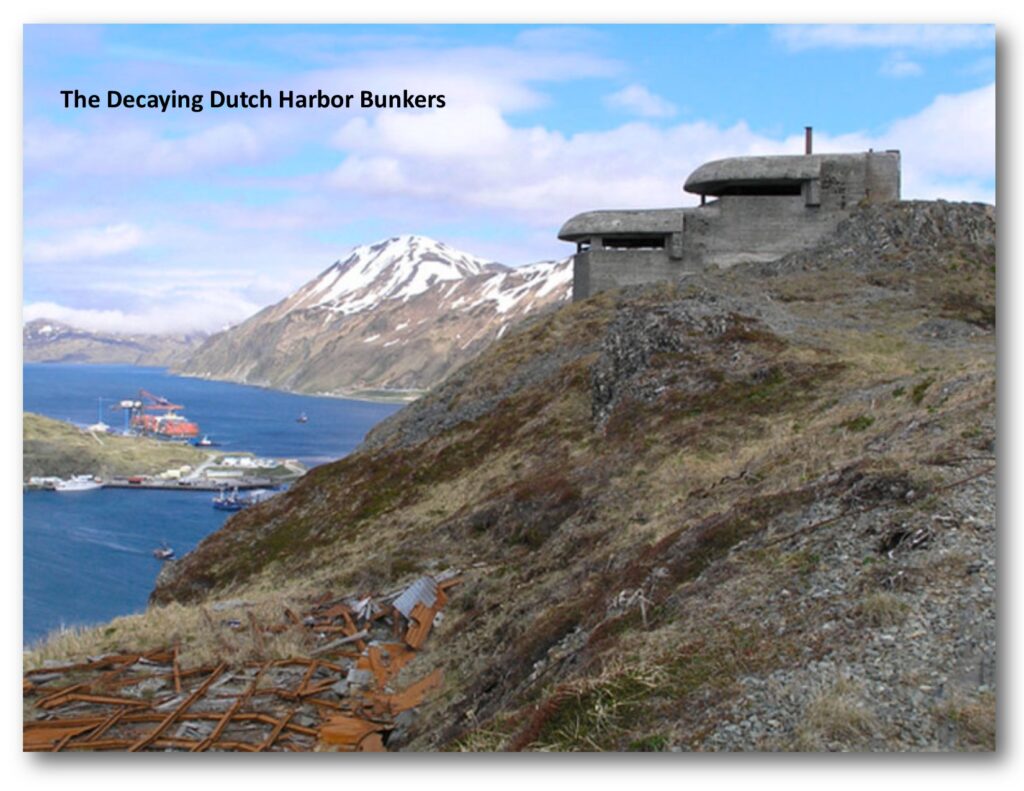
(Courtesy of the Arkansas National Guard Museum)
Japanese naval air forces attacked in early June 3rd, 1942, to coincide with the engagement at Midway. A mixed Japanese Imperial air force consisting of Mitsubishi Zero fighter planes and various bombers damaged Dutch Harbor’s infrastructure. The Arkansas Guardsmen inflicted heavy losses on the attacking Japanese air squadrons, including shooting down a Mitsubishi Zero that became the first enemy aircraft to fall into American hands during the war—helping Allied intelligence understand the famous Japanese plane’s strengths and weaknesses.
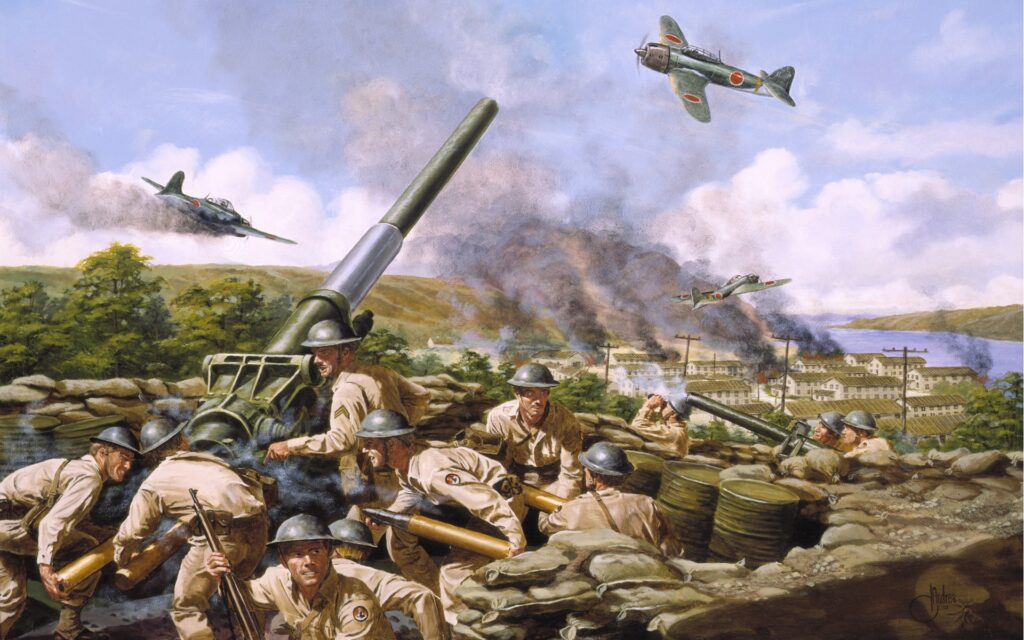
(Courtesy of the Arkansas National Guard Museum)
Japanese troops managed to capture the undefended Attitu and Kiska islands. Intelligence analysts feared the islands could be staging grounds for attacks on American West Coast cities. Seattle was especially vulnerable due to its vital Boeing aircraft factories and shipyards.
The two islands did not offer the same strategic value as Amaknak with its proximity to the Alaskan mainland. Nor was Japan, already stretched by military commitments elsewhere, able to strike targets in mainland USA. These developments made taking back the Aleutian’s a key U.S. objective. The Alaskan adventurer’s unit, “Castner’s Cutthroats,” led by Colonel Lawrence V. Castner, conducted surveillance for an eventual assault on the occupied islands.
Castner’s Cutthroats gathered vital information on Japanese positions on Attu and Kiska. This intelligence ultimately concluded that Japanese military forces in the Aleutian Islands had lower strength levels than previously thought. The Japanese had trouble sustaining their power due to the frigid weather conditions and constant Allied presence surrounding the islands. The Alaskan Scouts also built airstrips to shorten the dangerous Army Air Corps sorties.
An American invasion force led by Arkansas’ 153rd Infantry Regiment launched a counterattack on August 15th, 1943, to retake Kiska. Combined forces included the Alaska Scouts, Marines, and Navy personnel. With support from the U.S. Navy and Army Air Corps overhead, the Guard quickly retook Kiska as they discovered the Japanese had abandoned their garrison on the island.
Forces spearheaded by the regular Army’s 7th Division had a more difficult time retaking Attu. Here combined American troops encountered fierce resistance that culminated in a suicidal banzai charge led by the Imperial commanding officer on the island, Colonel Yasuyo Yamasaki.
The fighting during the Aleutian Campaign was just as brutal as other infamous battles in the Pacific, like Guadalcanal. CW4 Keeton shared another story with us on how the Perfect Storm (2000) reminded his father of the fighting and harsh wilderness conditions.
“Dad and mom came home early from the movie one time. Film was Perfect Storm. ‘I asked what happened, Dad muttered something like, “I lived through worse than that on troop ships to Dutch Harbor, and I don’t need a film to remind me of that misery.’ These young men most likely spend the terror of that trip in the holds of ships they couldn’t even imagine existed. The only boats they ever saw were steam paddle wheelers hauling cotton into Memphis.”
“Son, the wind was miserable. Aleuts called them Williwaws. One minute you’d be leaning into it just to walk, and then next moment, you are tumbling down on your face because it changed to your back. The seasons were tough. It was the land of the midnight sun. Six months of daylight and little night, then six months of twilight. Drive a man crazy.”
Even though the Japanese attempt to conquer the islands was a feint to take attention away from Midway, the Aleutians’ campaign represented the first enemy occupation of American territory since 1812. Likewise, the Aleutian Islands fighting represented one of the first American victories in World War II.
The Arkansas National Guard and Castner’s Cutthroats fulfilled a foundational purpose of the militia by repelling a foreign invasion. The Aleutian’s campaign also illustrated the Guard’s significant combat burden throughout World War II. The National Guard’s combined arms involvement in this little-known aspect of the Pacific theater demonstrated its strategic value.
The National Guard Education Foundation would like to thank retired Army Chief Warrant Officer 4, Stephen Keeton, for sharing his father’s memories of the Aleutian Islands Campaign.
